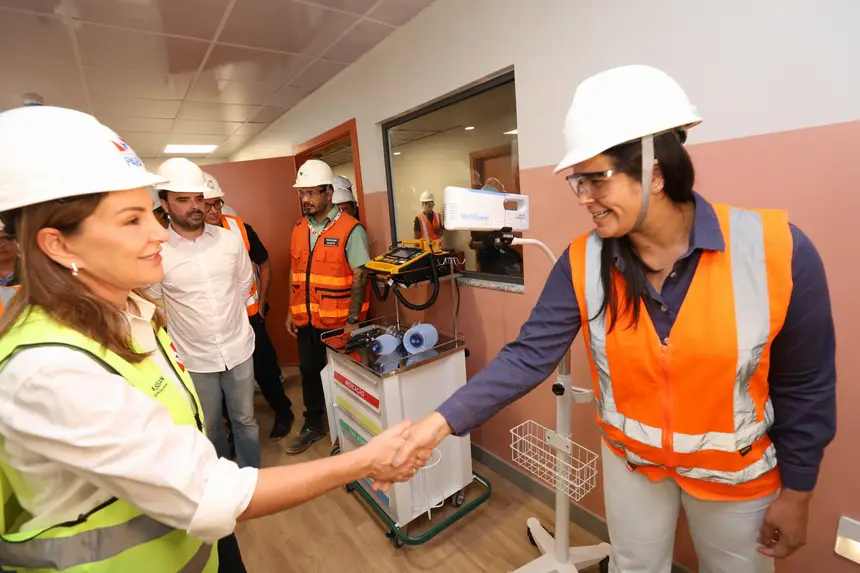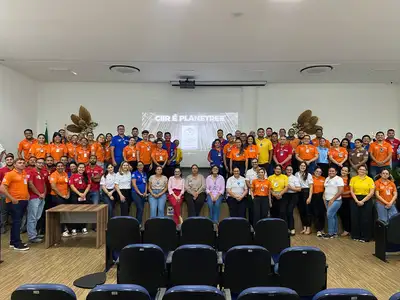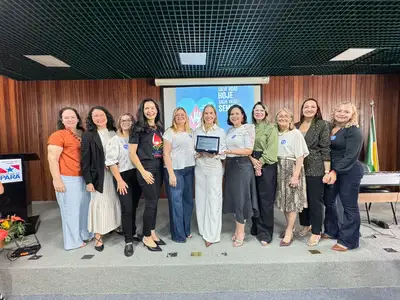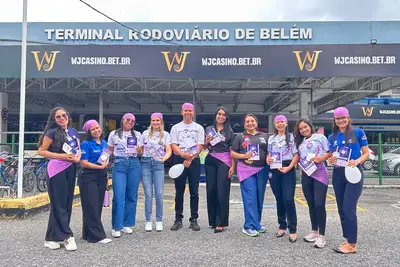Vice Governor Hana Ghassan visits the construction of the Maternal-Child Hospital in Marabá, with delivery expected for early 2026
The unit is over 80% completed and is expected to expand maternal-child assistance to the 18 municipalities in the region starting in 2026
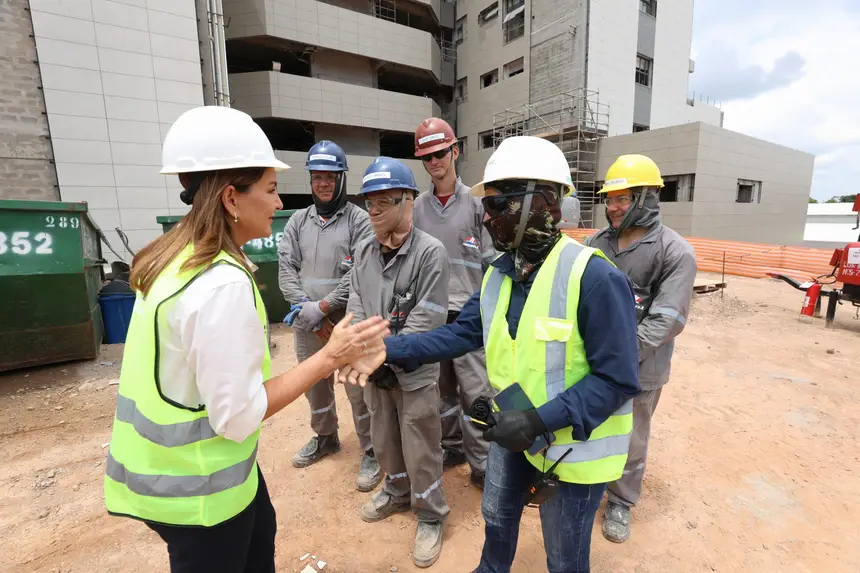
The state government reaffirmed, on the morning of this Tuesday (25), its commitment to the expansion and qualification of the public health network in the Carajás Integration Region. Vice Governor Hana Ghassan was in Marabá to closely monitor the progress of the Maternal-Child Hospital (HMI) construction, which is already over 80% complete and is expected to be delivered in the first half of 2026. The new hospital is the result of a partnership between the government of Pará and Vale, managed by the State Department of Public Health (Sespa), and complements recent investments, such as the delivery of the Marabá Polyclinic.
During the visit, the vice governor highlighted the impact that the new unit will have on the lives of families in the region, emphasizing that the HMI represents an advancement in maternal-child assistance.
"There are 135 beds, including 40 ICU beds, that will help with health, because we know that health is urgent. We are very happy to see a project with 85% completion, expected to be delivered in the first months of next year. It is important to advance more and more in health, which is a challenge not only in Pará but throughout Brazil. And it is essential to see that we are caring for, building new units, partnering with municipalities to expand and renovate, taking care of the health of our population,” said Hana Ghassan.

The vice governor also recalled that the government has been increasing structural investments in Marabá. "Recently, we delivered the Polyclinic, the Natea, the daycare, the Peace Factory, and we are moving forward to deliver this grand hospital as quickly as possible, one of the most modern in Brazil, fully equipped with cutting-edge technology to serve Marabá and the entire region," she added.
The structure of the HMI was planned to offer emergency and urgent care services, hospitalization, medical consultations, and diagnostic and therapeutic support, with a clinical analysis laboratory, imaging exams, and graphic methods, ensuring comprehensive and humanized assistance.
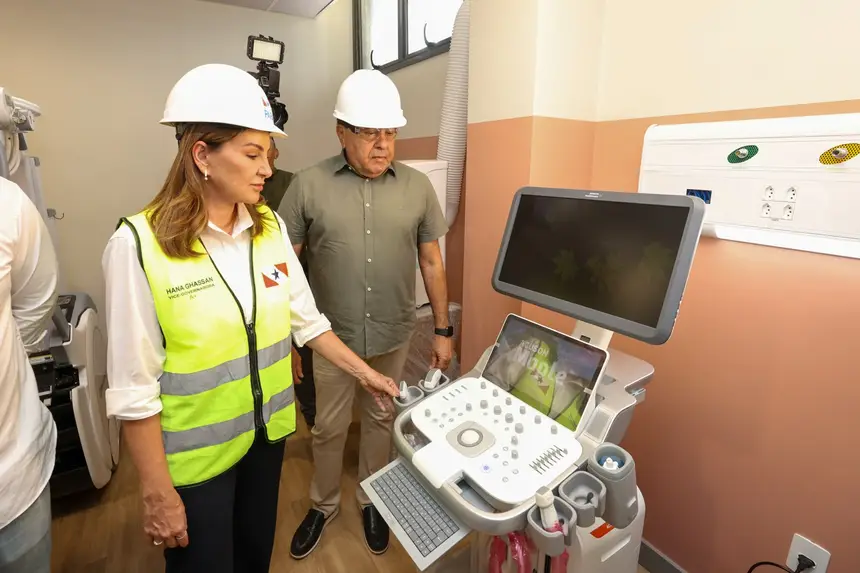
The State Secretary of Health, Ivete Vaz, reinforced that regional indicators show the urgency of this investment. “In 2024, in the Carajás Integration Region, there were 14,431 births, including 5,975 vaginal and 8,456 cesarean. Of this total, 1,683 resulted in premature babies. These data demonstrate the need and importance of the Maternal-Child Hospital being built in Marabá to serve mothers, babies, and children from the municipalities in the region,” she emphasized.
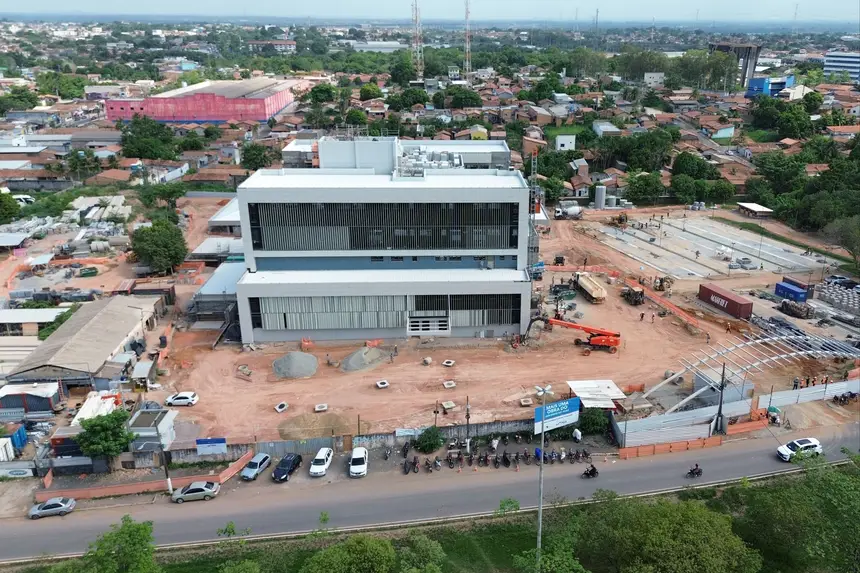
The physical structure of the HMI was designed to ensure specialized care at different levels of complexity. There will be four floors and a total of twelve thousand square meters of built area, with 135 beds distributed among wards, adult ICU, neonatal ICU, pediatric ICU, UCI, Kangaroo Mother, and isolation beds. On the first floor, the neonatal ICU, adult ICU, milk bank, laboratory, pediatric ICU, and support areas will operate. The second floor will house the surgical center, obstetric center, and transfusion agency. The third floor will have the pediatric clinic, and the fourth will have the obstetric clinic, technical areas, hall, social areas, and cafeteria.
The surgical block will have three general surgery rooms and one surgical delivery room, while the Normal Delivery Center will have eight pre-delivery, delivery, and post-delivery rooms. On the ground floor will be the Emergency, outpatient clinics, social areas, diagnostics, and administration, and the basement will house changing rooms, technical areas, maintenance, vertical circulation, and storage.
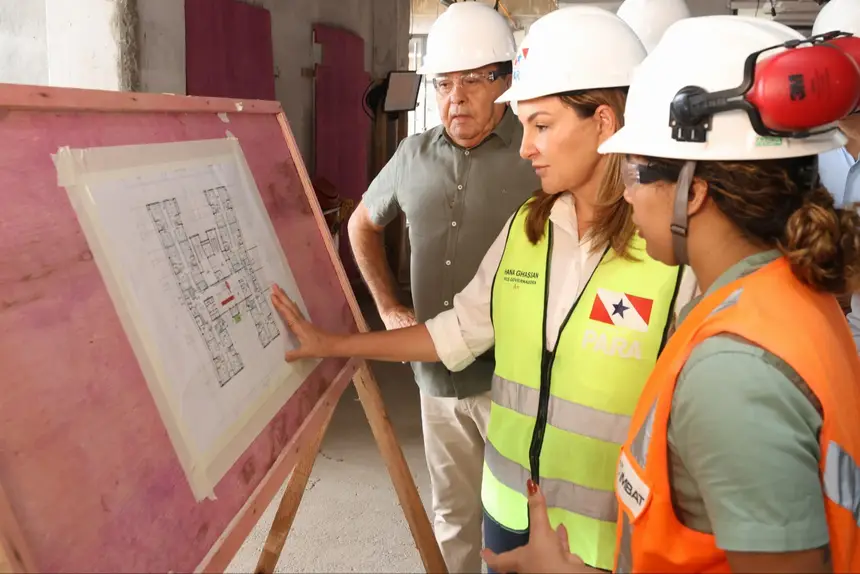
New square in Marabá
Also during the agenda in Marabá, Vice Governor Hana Ghassan signed the document that formalizes the donation of a plot of land to the City Hall, intended for the construction of a new square in front of the Bus Terminal, in Folha 32. The donated space is about 16,000 m² and will be used to implement a leisure area with landscaping, benches, parking, and other structures that will directly benefit the residents.
Text: Giullianne Dias – Ascom Sespa


